Let’s face it: you’ve probably eyeballed your “serving” of pasta and ended up with enough to feed a small village.
We’ve all been there.
But here’s the thing – knowing how much you’re actually eating might be the missing piece in your health puzzle.
Tracking meals isn’t about obsessing over every bite. It’s about bringing awareness to what’s actually going on your plate versus what you think is going there.
So today, let’s explore how meal tracking can help you master portion control, which tools make it easy (spoiler: you don’t need a food scale glued to your hand), and how this whole process can actually make eating more enjoyable rather than more stressful.
Skip ahead:
- Why portion sizes actually matter
- The psychology behind overeating
- How tracking helps you eat better
- The best apps for tracking
- Simple ways to control portions (no measuring cups required)
- Creating a sustainable approach

Why Portion Control Actually Matters
Have you ever looked at the “serving size” on a bag of chips and laughed?
Yeah, me too.
But here’s the reality: portion control is the missing link for many people struggling with their weight and health.
When it comes to weight management, the equation is pretty straightforward: calories in vs. calories out. Eat more than you burn, and you gain weight. Eat less, and you lose weight.
The problem? Our portions have gotten completely out of control. Restaurant plates are 60% larger today than they were in the 1980s. The “normal” serving size has been super-sized to the point where we’ve lost all perspective.
Controlling portions isn’t about restriction – it’s about recalibrating your sense of “normal” to what your body actually needs.
The Psychology Behind Our Portion Problems
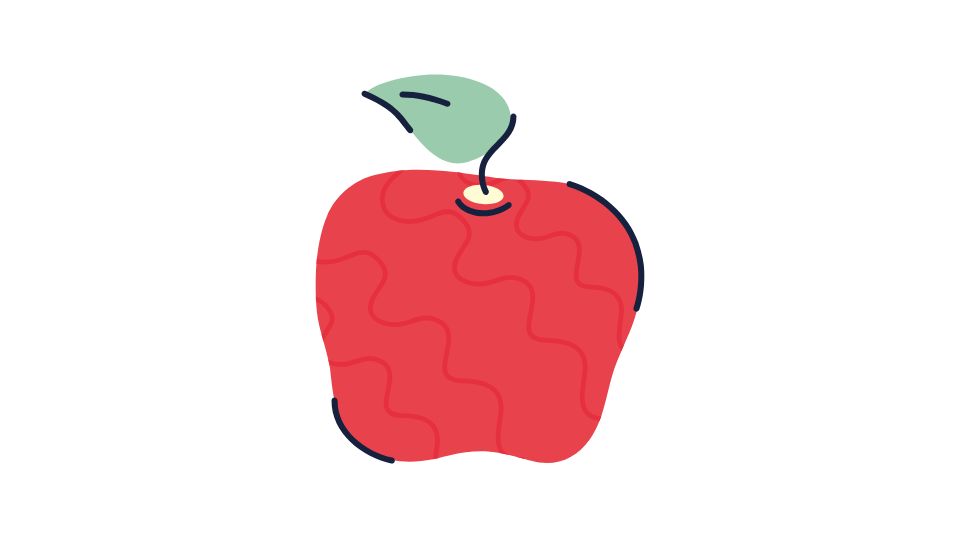
Ever find yourself mindlessly munching through a bag of chips while watching Netflix?
You’re not alone.
We eat with our eyes first, not our stomachs. Studies show we’ll eat more from larger packages, regardless of hunger. One fascinating study found people ate 22% more popcorn from a large container – even when it was stale!
Our brains are wired with some weird quirks:
- We feel compelled to clean our plates (thanks, mom)
- We eat more when distracted
- We underestimate how much we’ve consumed by up to 40%
- We eat more in groups than alone
And let’s talk about the “health halo” effect – where we eat more of something because we think it’s healthy. (“It’s kale chips, I can eat the whole bag!”)
How Meal Tracking Creates Portion Awareness
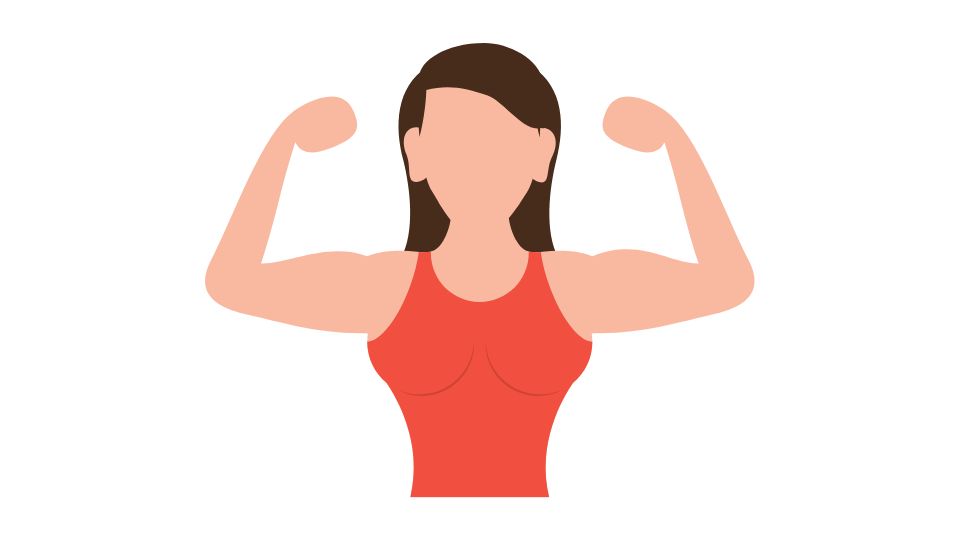
Tracking your meals is like having a reality check for your stomach.
Think about tracking as creating a food awareness practice, not a food policing system.
When you start logging what you eat, a few things happen:
- You realize those “little bites” add up
- You notice patterns (like that 3pm snack attack)
- You connect food choices with how you feel physically
- You make better decisions because you know you’ll be logging it
One of the most powerful benefits is breaking the autopilot eating habit. When you track, you start asking “Am I actually hungry?” before grabbing that second helping.
Meal tracking creates what psychologists call the “Hawthorne effect” – simply observing a behavior tends to improve it. Just knowing you’re keeping track makes you more mindful of what and how much you eat.
The Best Tools for Tracking Meals and Portions
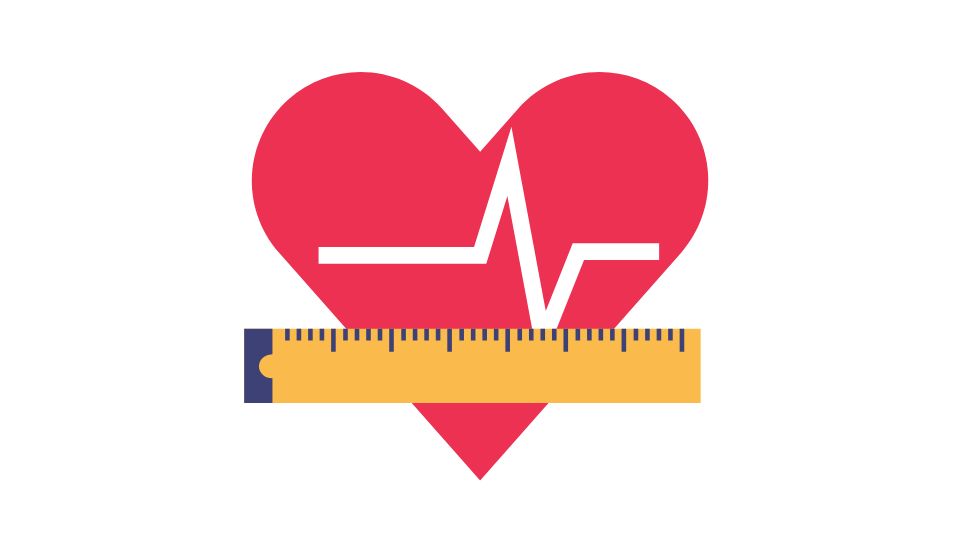
Not all tracking methods are created equal. The best one is the one you’ll actually use.
MealByMeal takes a unique approach with text-based tracking – just text what you ate, and it handles the rest. Super simple for people who hate opening apps.
Other solid options include:
- MyFitnessPal: The OG food tracker with a massive food database
- Lose It!: Clean interface with barcode scanning
- Cronometer: Great for nutrition nerds who want detailed micronutrient data
- Ate Food Diary: Photo-based for visual learners
The sweet spot is finding an app that’s detailed enough to be useful but simple enough that you’ll stick with it.
Remember, the point isn’t perfection. The goal is awareness that leads to better choices.
Simple Strategies for Portion Control Success
Ready for some practical tips? Let’s go beyond “use smaller plates” (though that actually works).
Use your hands as measuring tools:
- Protein should be about the size of your palm
- Vegetables = your fist
- Carbs = cupped hand
- Fats = thumb tip
Pre-portion snack foods. Never eat straight from the bag unless you want to accidentally eat 1,000 calories of trail mix.
The 20-minute rule: It takes about 20 minutes for your brain to register fullness. Slow down, put your fork down between bites, and give your brain time to catch up with your stomach.
Restaurant hacks: Ask for a to-go box when your food arrives and immediately pack half for tomorrow. Or split an entree with a friend.
Hydrate first: Sometimes thirst masquerades as hunger. Drink a full glass of water before meals.
And my personal favorite: the one-plate rule. No seconds until you’ve waited 20 minutes after finishing your first plate. Usually, you’ll find you don’t actually want more.
Creating a Sustainable Approach to Eating
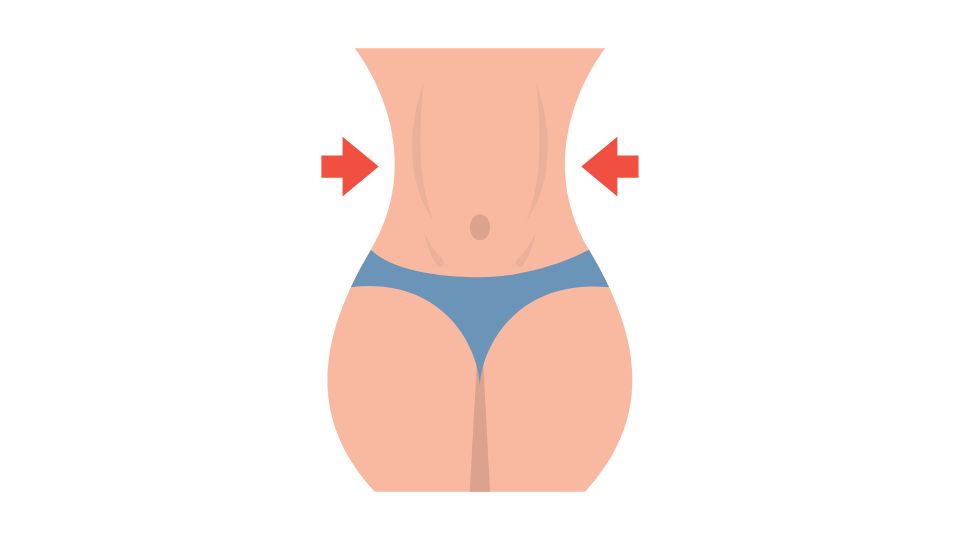
The goal isn’t to track every morsel for the rest of your life. The goal is to develop an intuitive sense of appropriate portions.
Think of tracking as training wheels. Eventually, you’ll develop new habits and a better eye for portion sizes.
Remember that perfect is the enemy of good. If tracking every meal feels overwhelming, start with just dinner for a week. Or track weekdays and take weekends off.
Consistency beats perfection. A decent food log kept regularly provides more insight than a perfect log you abandon after three days.
And despite what Instagram might suggest, healthy eating isn’t about photogenic meals in perfect portions. It’s about finding a sustainable approach that works for your real life.
Meal tracking combined with portion awareness gives you data, not judgment. It’s information that empowers you to make choices aligned with your goals.
So whether you use a fancy app, a simple text message to MealByMeal, or just a notebook, the act of tracking builds awareness that naturally leads to better portion control.
And that awareness? It might just be the difference between feeling in control of your food versus feeling controlled by it.



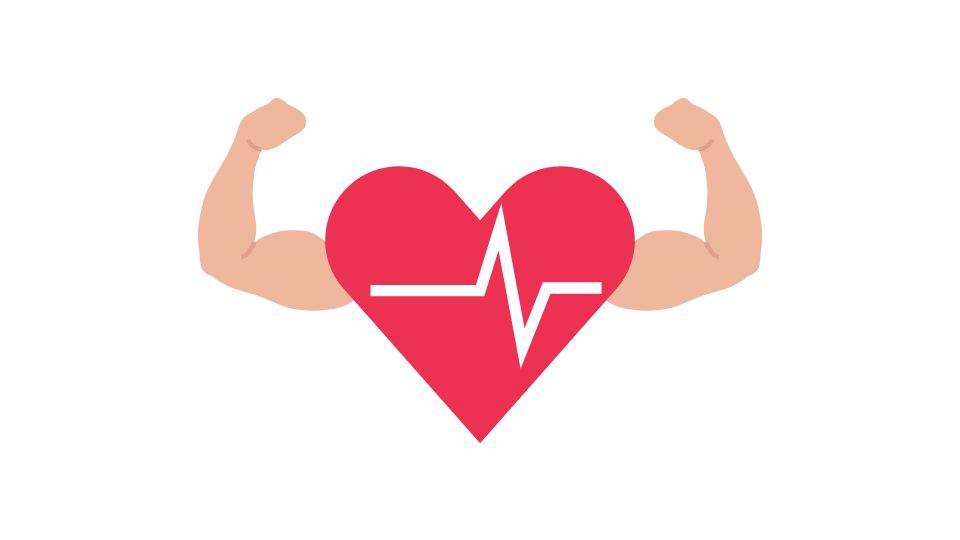
Leave a Reply